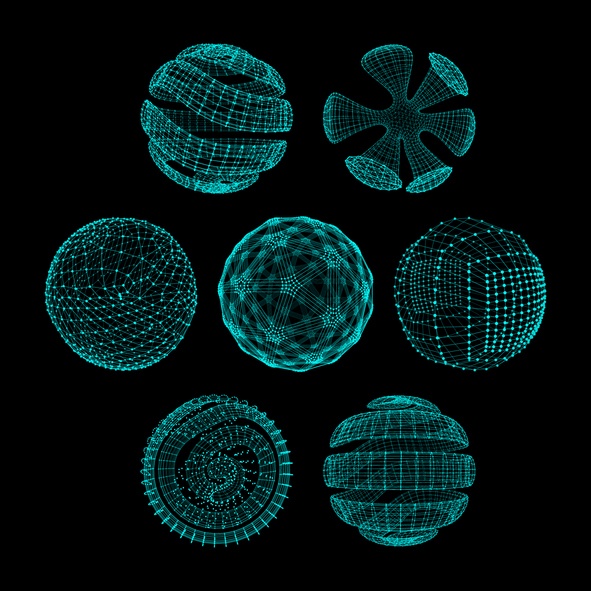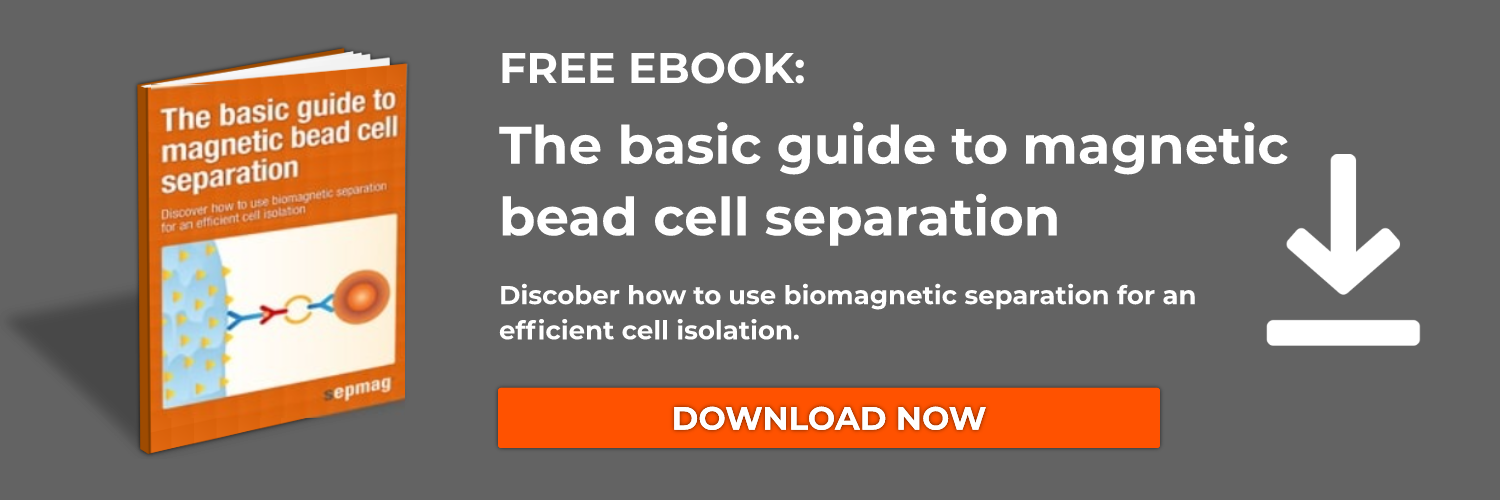Nano gold is another name for gold nanoparticles. These nanoparticles are a fraction of the size of human hair and are less than 100 nm in diameter. Nano gold particles are so small that it they are generally found as a colloidal solution, which means that the gold nanoparticles are suspended in a liquid buffer. Therefore, nano gold, or gold nanoparticles are also called colloidal gold. Also, nano gold is generally found in a colloidal solution because gold nanoparticles are created by citrate synthesis. This process involves mixing solutions together to result in the precipitation of gold nanoparticles into solution.
Nano gold is not the golden color that you are familiar with seeing in gold jewelry. Instead of being a golden metallic color, the colloidal gold solutions can range from clear to blue to red. The tiny nanometer size of these particles changes the gold properties so much that it becomes a different material than the bulk metal used for jewelry.
Nanometer solids
When solid crystalline materials enter into the nanometer regime they start to display properties that are very different from their bulk properties. This is true of superparamagnetic iron oxide nanoparticles as well as nano gold. Bulk iron oxide (Fe2O3) is a permanent magnet, but nanometer-sized iron oxide particles are not permanent magnets. They are superparamagnetic, which means that they are not magnetic unless they are placed into a magnetic field. Superparamagnetic iron oxide nanoparticles are highly sensitive to changes in magnetic field and they responds quickly. Nano gold has interesting optical properties at diameters less than 100 nanometers. Visible light waves have wavelengths ranging roughly from blue at ~400 nm to red at ~700 nm. The metallic nature of gold allows for a phenomenon called surface plasmon resonance (SPR) to occur when light interacts with the surface of gold nanoparticles.
Surface Plasmon Resonance
Surface Plasmon Resonance is a phenomenon that occurs when incident light waves trigger a surface electron wave to travel across a metallic surface. Light can then couple to that surface wave. This is also known as a surface plasmon polariton. Therefore, of the light that shines onto nano gold, some is absorbed, some is transmitted, and the rest is scattered. The color of the colloid depends on the size of the individual nanoparticles; the larger the particle, the more red the solution appears. Additionally, the aggregation of nanoparticles leads to changes in solution color that are occasionally drastic enough to be seen by eye but are always captured by changes in absorbance via spectroscopy. This property makes nano gold a useful component to modern diagnostic technologies.
Nano gold can be surface functionalized to enable aggregation in the presence of analyte. If the analyte is present in a sample, the nano gold will aggregate, which will cause a change in color or at least a change in absorbance.
Nano Gold Geometries
Nano gold can be synthesized into a variety of different shapes including nanorods, bipyramids, gold nanoshells, nanobowls, spiky nanoshells, terahedra, octahedra, cubes, and cages. Sometimes the gold can be a shell surrounding a silica nanoparticle core, and occasionally gold nanoparticles are covered by silver. It all depends on the application for which they are intended. The size and shape dictates how light interacts with the material.
Surface plasmon resonance biosensor
This phenomenon of surface plasmon resonance that is observed with nano gold is also central to the SPR biosensor. This tool is used to sense antigen-antibody binding. In this case, antibodies are conjugated onto a gold sensor chip. Polarized, single wavelength light is directed onto the chip surface at a designated angle. The electromagnetic wave couples into the metallic conduction electron oscillation at a resonant wavelength determined, in part, by the refractive index of the surface. The refractive index changes when antigen binds to the antibodies on the gold surface, and this causes a change in the resonant wavelength. This change in resonant wavelength can be quantified and related to the amount of target antigen in the sample.
Related news
- Pathogen detection using magnetic nanoparticles or molecularly imprinted polymers
- Filter membrane
- Pharmaceutical validation





